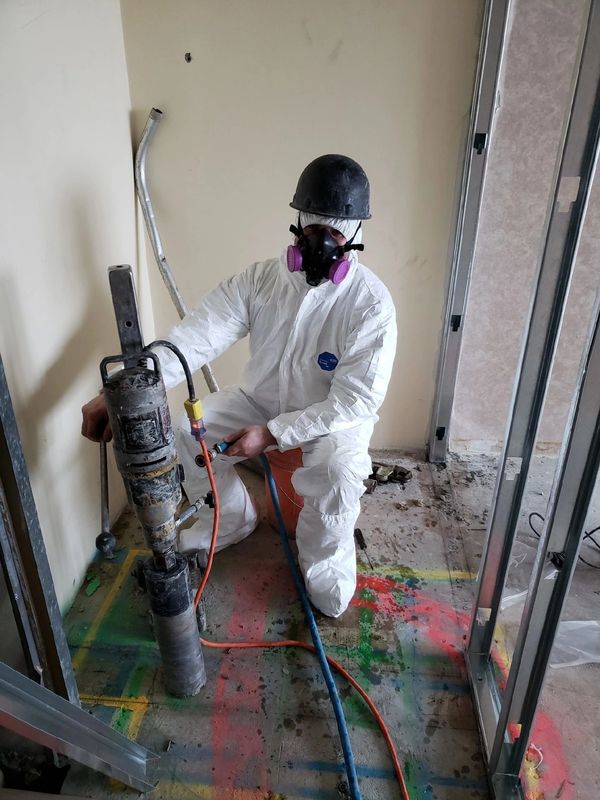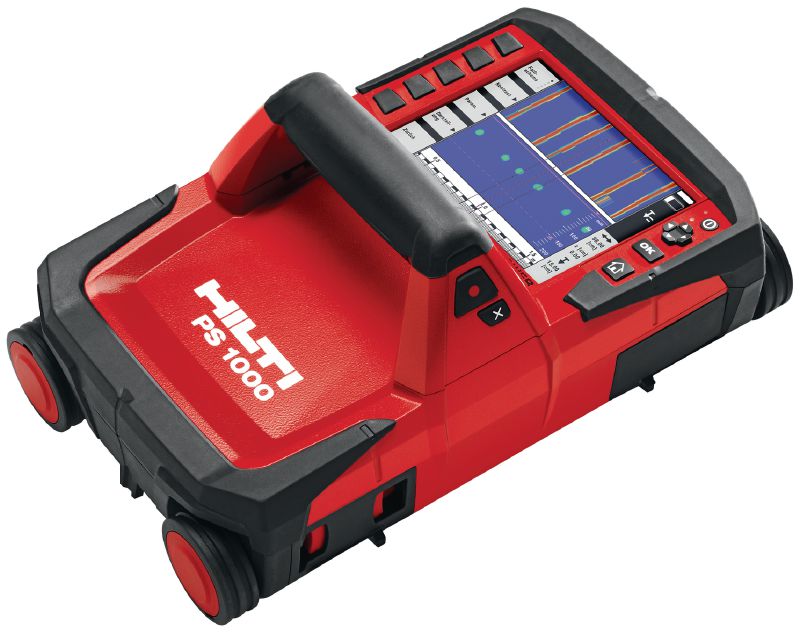Why Choose RainierGPR Concrete Scanning for Accurate Subsurface Analysis
Why Choose RainierGPR Concrete Scanning for Accurate Subsurface Analysis
Blog Article
The Significance of Accurate Concrete Scanning in Detecting Underground Hazards
In the realm of construction and framework growth, the importance of accurate concrete scanning can not be overstated. Beneath the seemingly strong ground lie complex networks of energies, pipelines, and other subsurface frameworks that are frequently unnoticeable to the naked eye. The capacity to precisely discover and map these underground hazards is not just an issue of benefit yet a crucial facet of making sure the security of both construction employees and the stability of the project itself. By releasing sophisticated scanning technologies and methodologies, specialists can discover hidden threats, stop costly problems, and ultimately lead the means for smoother and more secure building endeavors.
Advanced Scanning Technologies for Detection
Cutting-edge radar systems are revolutionizing the area of below ground discovery by offering unmatched accuracy and efficiency. These advanced scanning innovations utilize ground-penetrating radar (GPR) to develop detailed images of subsurface frameworks, offering insights right into what lies below the surface area with remarkable clearness. By producing high-frequency pulses into the ground and measuring the representations, radar systems can recognize variants in product composition and spot below ground dangers such as cables, pipelines, and spaces.
Among the crucial advantages of these advanced radar systems is their non-invasive nature, allowing for extensive inspections without creating damage to the existing frameworks. This not just ensures the safety of the surrounding atmosphere however additionally reduces the requirement for expensive fixings or disruptions to continuous construction tasks. Additionally, the real-time information offered by these scanning innovations allows quick decision-making and improves general job effectiveness.
Importance of Subsurface Mapping

Accurate subsurface mapping helps in protecting against costly problems to existing below ground facilities, reducing the risk of crashes, and maintaining task timelines. It enables task supervisors to make informed decisions relating to site planning, tools implementation, and source allocation. Furthermore, subsurface mapping enables far better control amongst various groups dealing with a task and helps in following governing requirements associated with underground energy discovery.
Mitigating Risks in Building Tasks
Efficient danger mitigation approaches are essential for ensuring the success and safety and security of building tasks. Determining and attending to possible dangers prior to they escalate is essential in keeping job timelines, spending plans, and general top quality. One vital facet of mitigating threats in building and construction jobs is comprehensive planning and analysis at the initial stages. Performing extensive website studies, consisting of precise concrete scanning for underground hazards, can aid in determining possible problems beforehand. Utilizing sophisticated innovations like ground-penetrating radar and electromagnetic induction can assist in discovering energies, rebar, or other blockages that might position risks throughout building.
Furthermore, developing clear communication channels among all task stakeholders and ensuring stringent adherence why not try here to security methods are vital components of danger mitigation. Routine examinations, quality assurance steps, and tracking of job progression can help in identifying and attending to any kind of arising threats promptly. Furthermore, having contingency plans in location for unforeseen difficulties can dramatically lower the impact of disruptions on the project. By proactively executing robust risk mitigation strategies, construction projects can minimize delays, cost overruns, and safety incidents, ultimately leading to effective task end results.

Protecting Against Costly Damages and Delays
To minimize economic losses and task problems, efficient techniques should be implemented to prevent pricey problems and delays in building and construction tasks. Determining these obstructions early on helps in intending the job design much more efficiently and staying clear of prospective damages throughout excavation.
In addition, buying training programs for construction employees on the value of concrete scanning and safe excavation practices can dramatically lower the danger of accidents and hold-ups. Clear communication channels in between project supervisors, engineers, and on-site employees are also necessary to make sure that everyone understands the prospective hazards and complies with the necessary methods to stop pricey damages. By focusing on proactive procedures like concrete scanning and promoting a culture of safety and security and awareness, building and construction tasks can reduce the economic impact of unforeseen below ground obstructions and prevent costly delays.
Ensuring Safety And Security of On-Site Personnel
By prioritizing proactive actions such as extensive training programs and clear interaction networks, construction jobs can make certain the safety of on-site workers in the middle of the potential risks found through concrete scanning. Proper training gears up employees with the knowledge and abilities required to navigate building and construction websites safely, especially when threats are recognized with scanning processes. Training should cover danger acknowledgment, emergency situation procedures, and the proper usage of individual safety devices to minimize threats effectively.
Additionally, establishing clear communication channels is important important source for sharing details concerning recognized threats without delay. This ensures that all on-site personnel are aware of potential dangers and can take necessary preventative measures to avoid accidents. Regular safety instructions, tool kit talks, and regular updates pertaining to scanning results aid maintain everybody informed and proactive in maintaining a secure functioning setting.
In addition, carrying out stringent adherence to security protocols and regulations, performing routine safety audits, and cultivating a society of security consciousness amongst workers are vital parts in making sure the wellness of visit our website on-site personnel throughout building projects - RainierGPR Concrete Scanning. Aggressive security steps not just secure workers from injury however also add to the overall success and performance of the job
Conclusion
Utilizing sophisticated scanning modern technologies and subsurface mapping helps minimize dangers in building and construction projects, avoiding pricey problems and hold-ups. It is vital for building and construction firms to prioritize the use of accurate scanning techniques to lessen possible hazards and ensure a smooth building procedure.

By proactively executing robust risk mitigation strategies, construction projects can decrease hold-ups, price overruns, and security occurrences, ultimately leading to successful job end results. - RainierGPR Concrete Scanning
To reduce economic losses and job obstacles, efficient techniques have to be applied to stop expensive damages and hold-ups in building and construction jobs. By prioritizing proactive actions like concrete scanning and advertising a culture of safety and recognition, building projects can minimize the economic effect of unexpected below ground blockages and avoid pricey delays.
By prioritizing aggressive steps such as comprehensive training programs and clear interaction channels, construction tasks can guarantee the safety of on-site employees amid the possible dangers identified with concrete scanning. Making use of sophisticated scanning technologies and subsurface mapping assists mitigate dangers in construction tasks, preventing pricey damages and delays.
Report this page